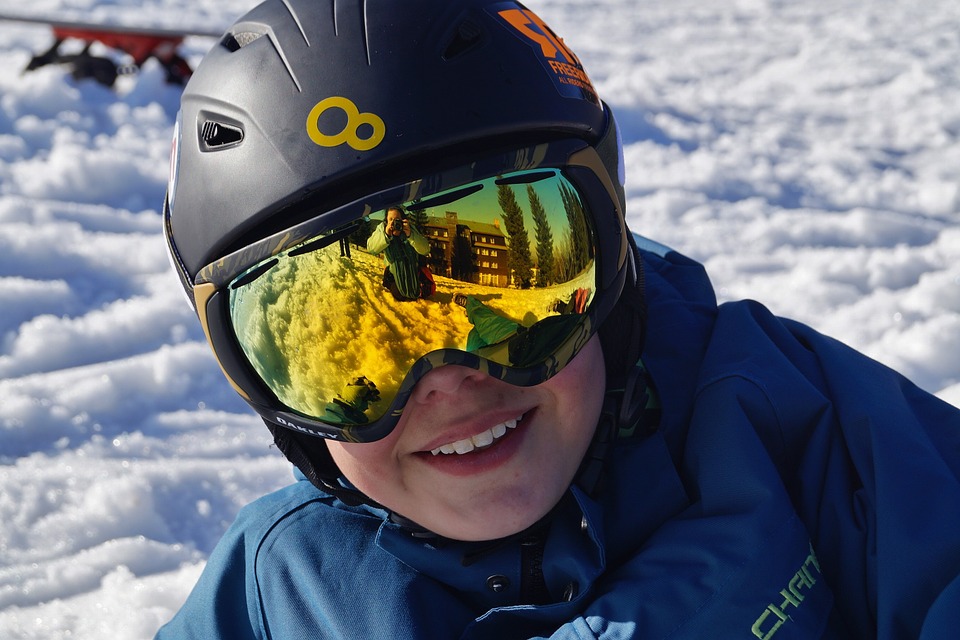“Think of Sunglasses as Sunblock for Your Eyes.”
This is a key attitude everybody should develop to help protect themselves from eye cancer and other damage to their eyes.
But who needs sunblock in the winter?
You do.
In fact, you may actually need those sunglasses more in the winter than during the summer.
In the summertime, most of us instinctively reach for the sunglasses as we walk out the door. But during the winter, it’s easy to leave them sitting on the table. After all, it’s not usually terribly bright out, even on sunny days, and oftentimes it’s gloomy and overcast.
During the winter months, the sun sits lower in the sky, changing the angle. It seems less bright, but this can actually increase your exposure to dangerous UV rays, according to Jessica Lattman, a board-certified ophthalmologist. The risk increases when snow covers the ground. Scientists say snow reflects up to 85 percent of the sun’s UV rays. It’s so intense, it can actually sunburn your corneas.
Skiers need to be especially vigilant.
“UV radiation increases 5% for every 1,000 feet you go above sea level,” Lattman told the Huffington Post. “When you are skiing or outside at higher elevations, the exposure is even greater. At 5,000 feet, you will be exposed to 20% more radiation from the sun.”
That’s why it’s imperative to wear skiing goggles that block UV rays.
Your winter eyewear should meet the same standards as the sunglasses you wear in the summer. It should block all UVA, UVB, and UVC rays. You want to make sure the glasses provide 100% UV protection. Many optical shops have a machine called a photometer that measures UV transmission through glasses. You want to wear sunglasses or goggles that block all UV radiation or light under 400 nm in wavelength.
So, when you run out the door this winter, don’t forget to grab those sunglasses – sunblock for your eyes.











Good advice!